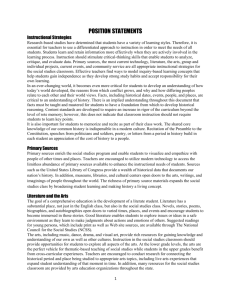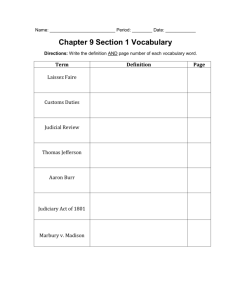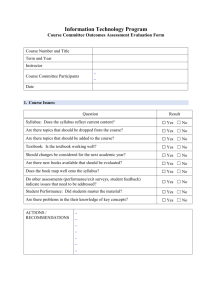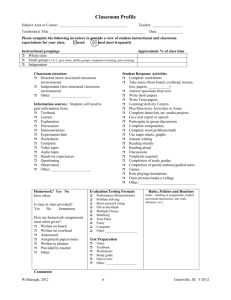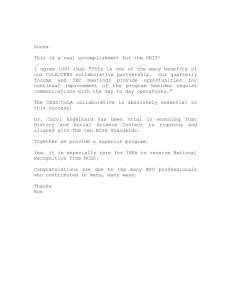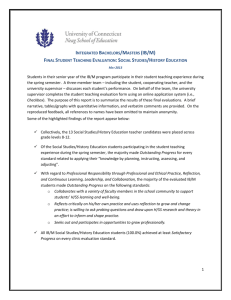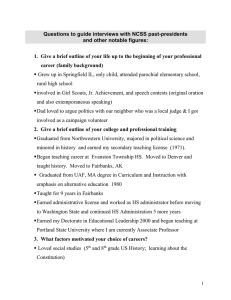Assessment 2. Early Childhood Generalist Lesson Plan Brief
advertisement
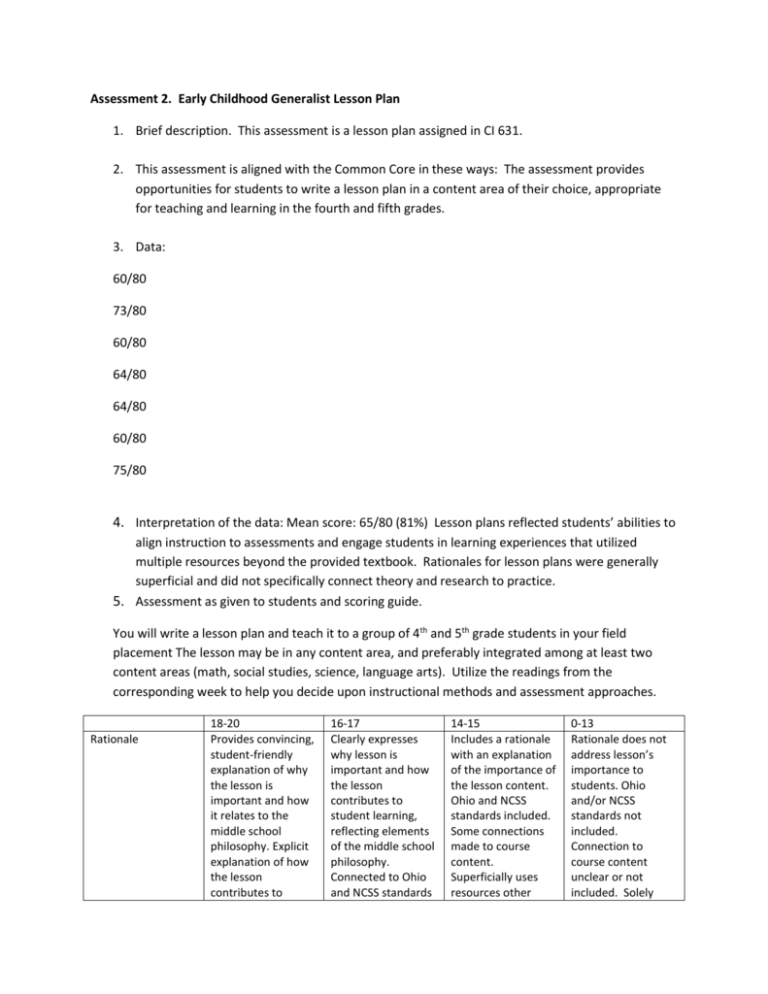
Assessment 2. Early Childhood Generalist Lesson Plan 1. Brief description. This assessment is a lesson plan assigned in CI 631. 2. This assessment is aligned with the Common Core in these ways: The assessment provides opportunities for students to write a lesson plan in a content area of their choice, appropriate for teaching and learning in the fourth and fifth grades. 3. Data: 60/80 73/80 60/80 64/80 64/80 60/80 75/80 4. Interpretation of the data: Mean score: 65/80 (81%) Lesson plans reflected students’ abilities to align instruction to assessments and engage students in learning experiences that utilized multiple resources beyond the provided textbook. Rationales for lesson plans were generally superficial and did not specifically connect theory and research to practice. 5. Assessment as given to students and scoring guide. You will write a lesson plan and teach it to a group of 4th and 5th grade students in your field placement The lesson may be in any content area, and preferably integrated among at least two content areas (math, social studies, science, language arts). Utilize the readings from the corresponding week to help you decide upon instructional methods and assessment approaches. Rationale 18-20 Provides convincing, student-friendly explanation of why the lesson is important and how it relates to the middle school philosophy. Explicit explanation of how the lesson contributes to 16-17 Clearly expresses why lesson is important and how the lesson contributes to student learning, reflecting elements of the middle school philosophy. Connected to Ohio and NCSS standards 14-15 Includes a rationale with an explanation of the importance of the lesson content. Ohio and NCSS standards included. Some connections made to course content. Superficially uses resources other 0-13 Rationale does not address lesson’s importance to students. Ohio and/or NCSS standards not included. Connection to course content unclear or not included. Solely Instruction Assessment student learning. Connects lesson content to Ohio and NCSS standards. Connects instructional methods with course readings. Utilizes multiple resources to inform instruction (does not solely rely on a textbook). and course concepts. Utilizes multiple resources to inform instruction (does not solely rely on a textbook). than the textbook, but the textbook is the primary resource to inform instruction and learning opportunities. 27-30 Instructional strategies clearly reflect application of the middle school philosophy to teaching and learning. Lesson engages students in active learning and facilitates understanding through thoughtful use of both teacherdirected and student-centered instruction. Content is both accurate and important for students to learn. 21-26 Instructional strategies reflect key elements of the middle school philosophy. Provides students with opportunities to actively engage in learning activities appropriate for their grade level. Content is both accurate and important for students to learn. 0-20 Instruction does not clearly reflect the middle school philosophy OR students are not provided with adequate opportunities to actively engage in the lesson. Content is accurate and important for students to learn. 27-30 Assessments are clearly linked to lesson objectives (knowledge and skills) and include both formative and summative assessments. Students are given an explicit opportunity(ies) to demonstrate that they have met each of the objectives. 24-26 Assessments are clearly linked to lesson objectives (knowledge and skills) and include assessment of each objective. Students are given an opportunity to demonstrate that they have met each objective. 0-20 Instruction does not reflect the middle school philosophy. Students are not provided opportunities to be active learners in the lesson. Content may or may not be accurate and important for students to learn. 21-23 Assessments are not clearly linked to lesson objectives (knowledge and skills). Some objectives not assessed. relies on textbook for instruction.



